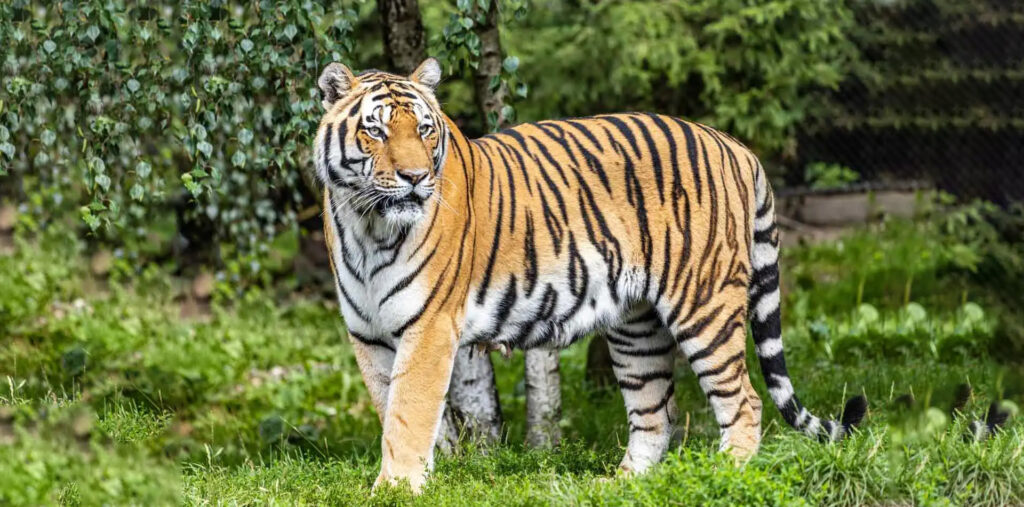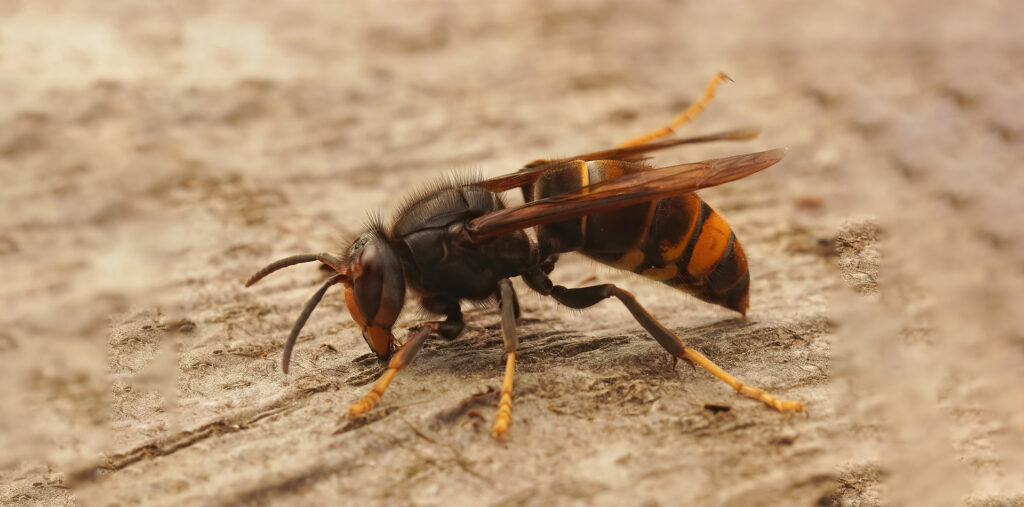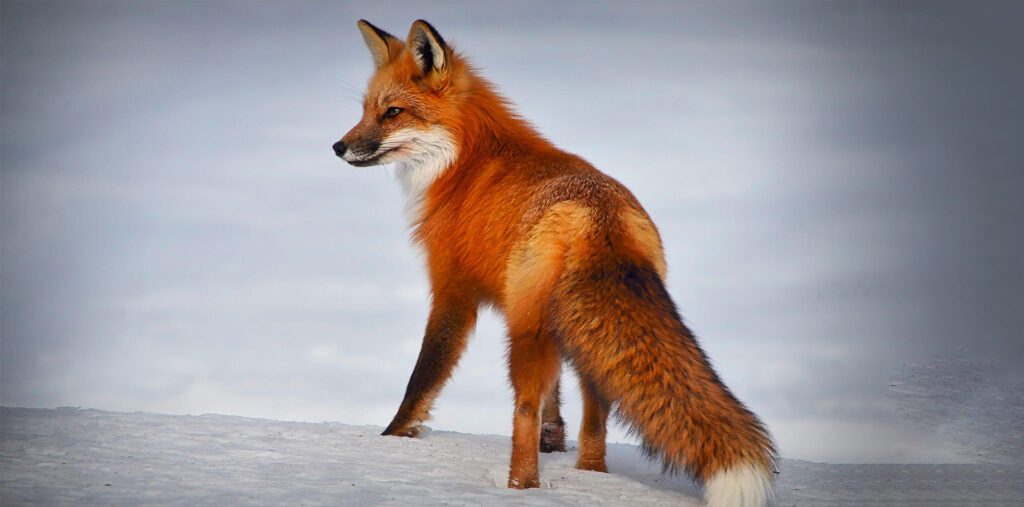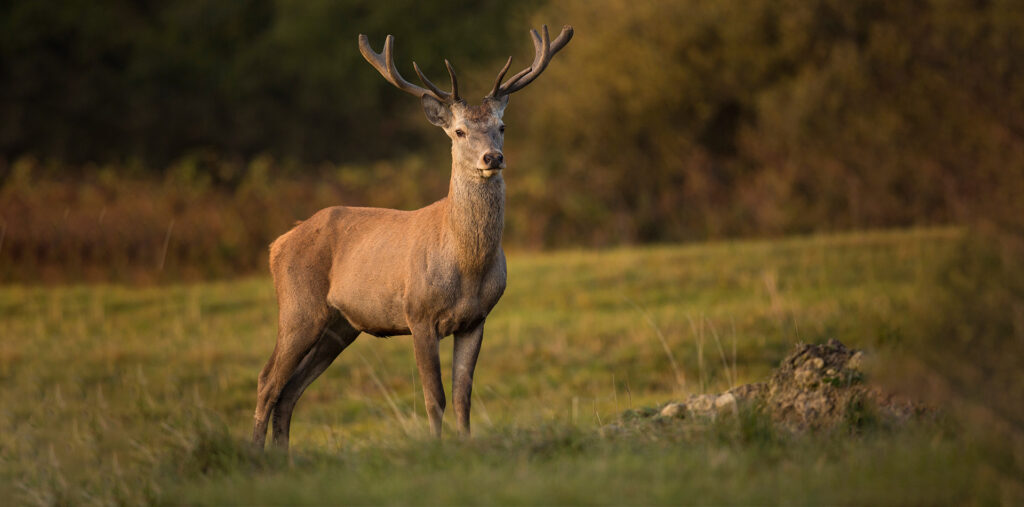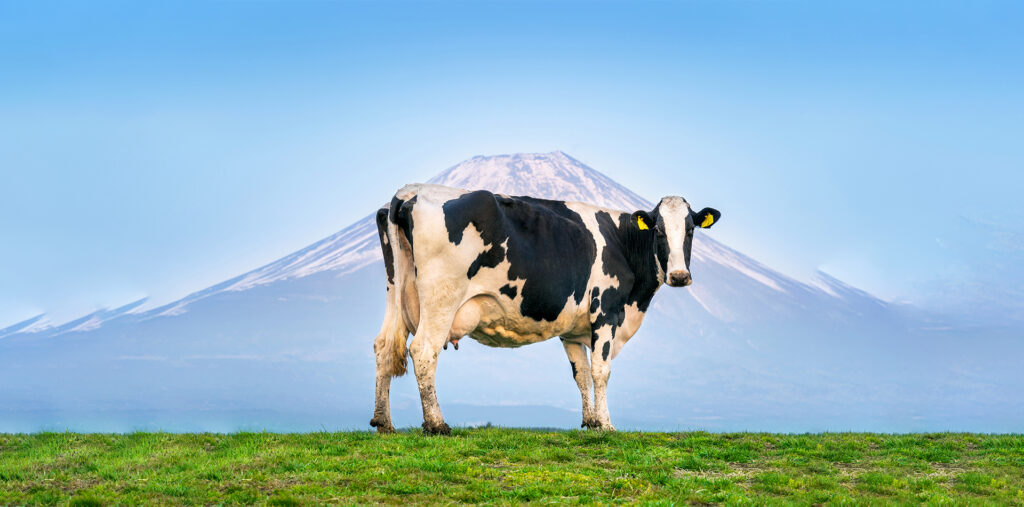Meet with Lion

Welcome to our captivating exploration of lions, the majestic rulers of the African savanna. With their golden coats, powerful roars, and regal presence, lions have long captured the imagination of people around the world. In this “Lion Kingdom: Exploring the Majestic World of the King of Beasts” blog post, we’ll take a closer look at these iconic big cats, from their biology and behavior to their cultural significance and conservation status.
The Biology of Lions:
Lions, scientifically known as Panthera leo, are members of the Felidae family and are the only truly social cats, living in groups known as prides. They are characterized by their muscular bodies, tufted tails, and impressive manes, which are unique to male lions. Lions are apex predators, meaning they are at the top of the food chain in their ecosystems and play a crucial role in maintaining the balance of their habitats.
Behavior and Social Structure:
Lions are highly social animals that live in prides consisting of related females, their offspring, and a coalition of one or more dominant males. Female lions, or lionesses, are the primary hunters of the pride, working together to bring down large prey such as zebras, wildebeest, and buffalo. Male lions are responsible for defending the pride’s territory and mating with the females. Lions communicate with each other through vocalizations, including roars, grunts, and growls, as well as through scent marking and body language.
Cultural Significance and Symbolism:
Lions have long held cultural significance in various societies around the world, often symbolizing strength, courage, and royalty. In many African cultures, lions are revered as symbols of power and leadership, with kings and warriors often adopting lion imagery in their regalia and heraldry. Lions have also been featured prominently in art, literature, and mythology, appearing in ancient Egyptian hieroglyphs, medieval tapestries, and modern-day literature and films.
Conservation Status and Threats:
Despite their cultural significance and iconic status, lions face numerous threats to their survival, including habitat loss, poaching, human-wildlife conflict, and disease. According to the International Union for Conservation of Nature (IUCN), African lion populations have declined by more than 40% over the past three generations, prompting concerns about their long-term viability. Conservation efforts aimed at protecting lion habitats, mitigating human-lion conflicts, and combating illegal poaching and trade are crucial for ensuring the survival of these magnificent creatures.
Lions are truly the kings of the animal kingdom, commanding respect and admiration with their strength, grace, and beauty. By learning more about their biology, behavior, and cultural significance, we can gain a deeper appreciation for these iconic big cats and the vital role they play in the ecosystems of Africa and beyond. Whether we encounter them in the wild or admire them from afar, lions remind us of the awe-inspiring diversity of life on Earth and the importance of protecting our planet’s precious natural heritage.
